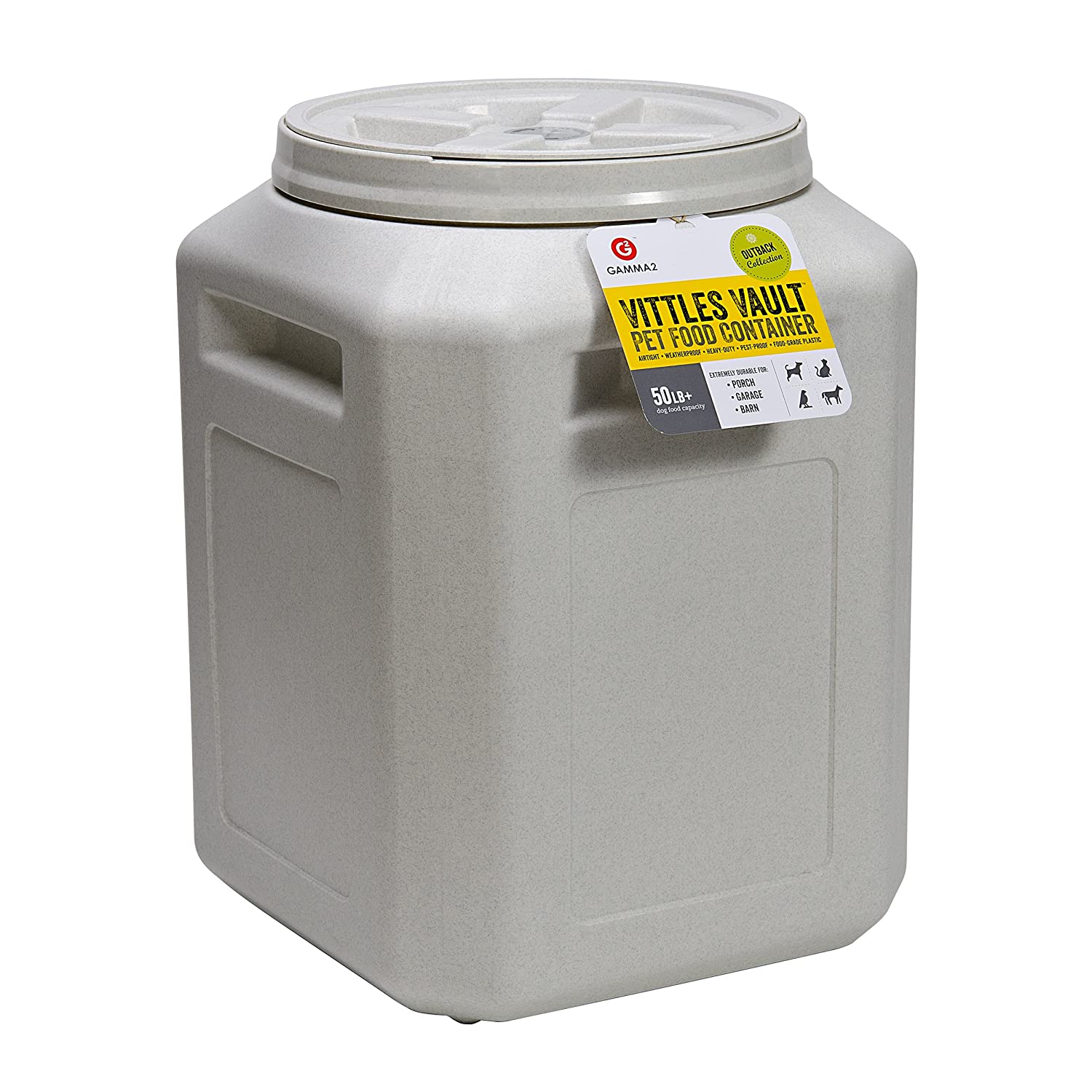NTOLERANCE
Well-Known Member
And for people who are complaining that the buckets have dye on them, what about the "Ale Pails" that have a design on them, that LHBS sell. Is it somehow okay when the LHBS does this?
I have no dog in this fight either, but that Ale Pail design is on the outside. IIRC






































![Craft A Brew - Safale S-04 Dry Yeast - Fermentis - English Ale Dry Yeast - For English and American Ales and Hard Apple Ciders - Ingredients for Home Brewing - Beer Making Supplies - [1 Pack]](https://m.media-amazon.com/images/I/41fVGNh6JfL._SL500_.jpg)























